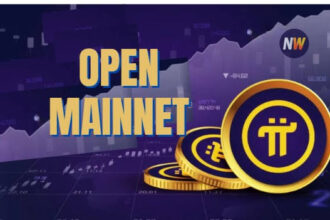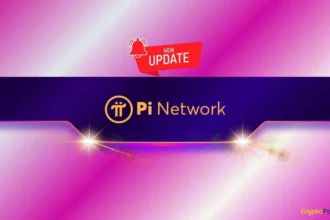As Pi Network approaches it Mainnet launch, here are the key things that pioneers should know before drawing conclusions as to whether mining may continue or not.
The white paper is being quoted to saying “mining activities will continue even after the launch of the Mainnet” but several things will certainly change and be the same as Pioneers were conversant with. Here we highlight some of the key things about mining Pi after it’s mainnet launch.
Mainnet supply of Pi
Supply drives development and motivates the network’s essential contributions in order to create an ecosystem that can survive naturally.
In order to encourage all types of contributions, mining incentives will still be given out after the Mainnet but in alternative ways that are described in the Mining section below:
- Supply-related issues for the Mainnet phase include unpredictability in planning,
- Over- and under-rewarding of various types of necessary contributions in the new phase, and
- Difficulties maintaining long-term network incentives. This is because the undetermined supply is a result of the pre-Mainnet mining mechanism that optimizes for accessibility and network growth.
The Mainnet supply model, which is fully independent of network behavior, will replace the network’s pre-Mainnet supply model in order to address such difficulties.
Pi Network’s first COiNVENTION in September-October 2020 raised the issue of unpredictability for planning in the pre-Mainnet supply model. There, the community panel and community submissions debated whether mining should be cut in half or stopped at the network size of 10 million at the time.
The network faced the following challenge as a result of the variety of community members’ voices. If mining carried on via the pre-Mainnet mining process, there would be questions about Pi’s capacity to offer long-term network incentives.
However, if mining ceased, it would hinder network expansion and discourage new Pioneers from joining as miners, diminishing Pi’s usability. Although the network changed its mind and cut the mining rate in half at its 10 Million size, the problem still exists and has to be fixed.
One of the key aspects taken into account in the creation of the Mainnet token model is how the community can maintain growth and accessibility while addressing supply issues. Additionally, the community as a whole and the ecosystem itself need to use some Pi for purposes that benefit the community and ecology, which makes overall network token planning challenging due to the undefined and uncertain total supply.
Almost every other blockchain network demonstrates that there are benefits beyond just personal mining profits. Such collective communal purposes require clear allocations, which must be established.
Therefore the Mainnet supply model has a clear maximum total supply of 100 billion Pi given the current network size of over 30 million Pioneers and the anticipated volume of transactions and activities in the future, allowing incentives for continued growth and new contributions while allaying concerns about the supply’s unpredictability.

No matter how much circulating supply there is in the Pi Network at any given time, the supply distribution will adhere to the original distribution principle stated in the March 14, 2019 white paper, according to which the Pi community holds 80% and the Pi Core Team 20% of the total circulating supply of Pi. The community will eventually receive 80 billion Pi, and the Core Team will eventually receive 20 billion Pi, assuming a total maximum supply of 100 billion Pi. The entire distribution is represented in the following pie chart.
The Core Team’s allocation gets unlocked at the same pace as the community progressively mines more and more Pi and may be subject to additional lockup through a self-imposed mandate. This means that if the community has a portion of its allocation in circulation (for example, 25%), only the proportional amount in Core Team’s allocation (in this example, 25%) can get unlocked at most.















